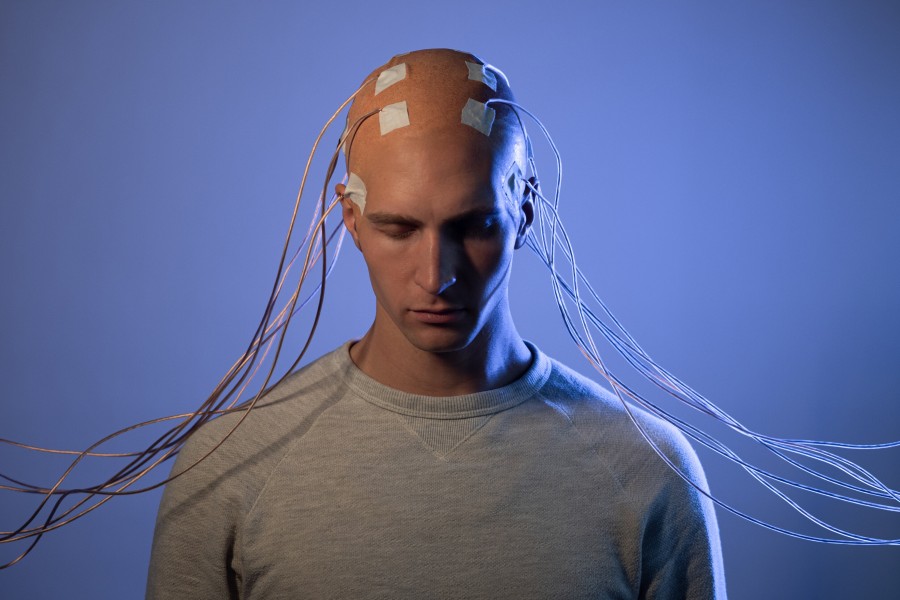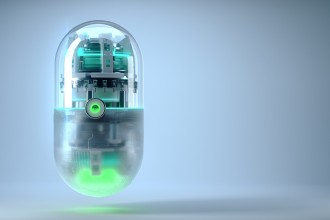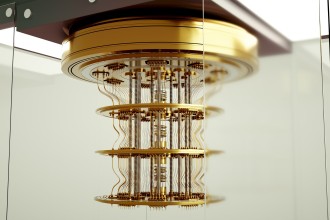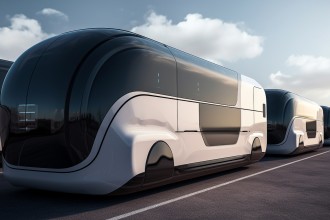Image and Video recognition
One of the key use cases for neuromorphic computing is image and video recognition. Neuromorphic systems can be trained to recognize patterns and objects in images and videos, making them useful for tasks such as surveillance, self-driving cars, and medical imaging. For example, a neuromorphic system can be trained to identify a specific person in a video feed, or a specific type of tumor in a medical image. These systems can process large amounts of data in real-time, which is crucial for applications such as self-driving cars, where the ability to react quickly to the environment is critical.
Speech Recognition
Another use case is speech recognition, where neuromorphic systems can be used to process and understand speech, which could be used for applications such as voice-controlled assistants and transcription services. These systems can be trained to understand different accents, dialects, and languages, making them useful in many settings. They can also be used to improve speech recognition accuracy in noisy environments, such as public spaces or busy offices. Also real-time closed captioning speech recognition could be possible with neuromorphic systems.
Control Robots and Other Autonomous Systems
Neuromorphic systems can also be used to control robots and other autonomous systems, allowing them to respond to their environment in a more natural and efficient way. These systems can be used to control robots in a wide range of settings, from factories and warehouses to hospitals and homes. They can also be used to control drones and other aerial vehicles, which could be used for tasks such as search and rescue, surveillance, and delivery.
Computer to Brain Interfaces
Brain-computer interface or computer-to-brain interfaces are another important area where neuromorphic systems can be used. These interfaces allow humans to control computers and other devices using their brain activity. These interfaces could be used to control prosthetic limbs, or to enable people with paralysis to control a computer or other device. They could also be used in gaming, where players could control their avatars using their thoughts. Today, there are different brain-computer interface companies, working on this technology already.

Energy Efficient Applications
Finally, neuromorphic systems are energy-efficient, which makes them useful for applications that need to run on battery power, such as mobile devices and IoT devices. This could also make neuromorphic systems useful for applications that need to run in remote or hard-to-reach places, such as in space or deep under the ocean.
To Conclude
It's worth noting that neuromorphic computing is still a relatively new field, and the technology is still in its early stages of development. However, the rapid advancement of technology and the increasing amount of funding being invested in neuromorphic computing research, suggest that this field has a huge potential to change the way we interact with machines and how we process information. Neuromorphic systems could be used in a wide range of other areas as well, such as data compression, weather forecasting, and drug discovery.
Overall, neuromorphic computing represents a new and exciting way to build computers that can mimic the structure and function of the human brain, which could lead to more efficient, intelligent, and autonomous systems. As technology continues to evolve, we can expect to see even more innovative and exciting applications for neuromorphic computing in the future.
Quickscout
Looking for suitable
technology providers?
Start scouting!







